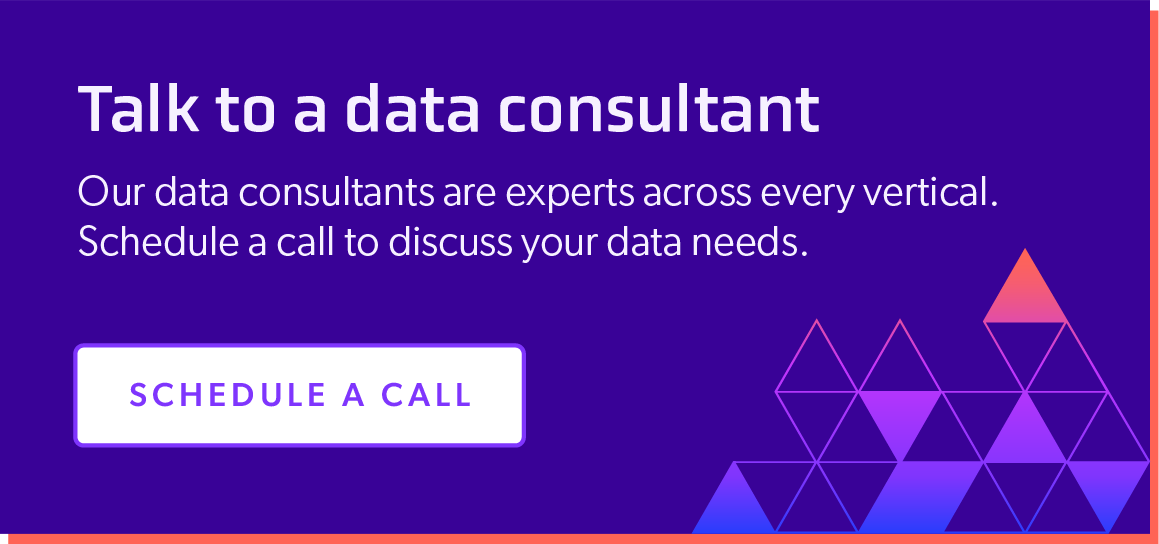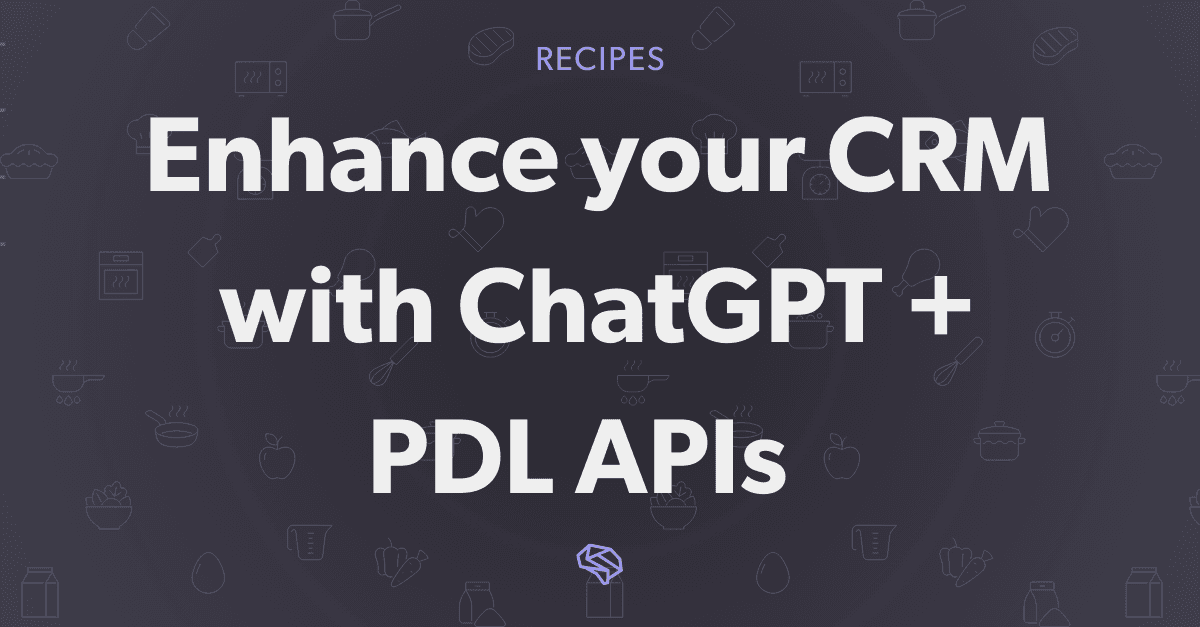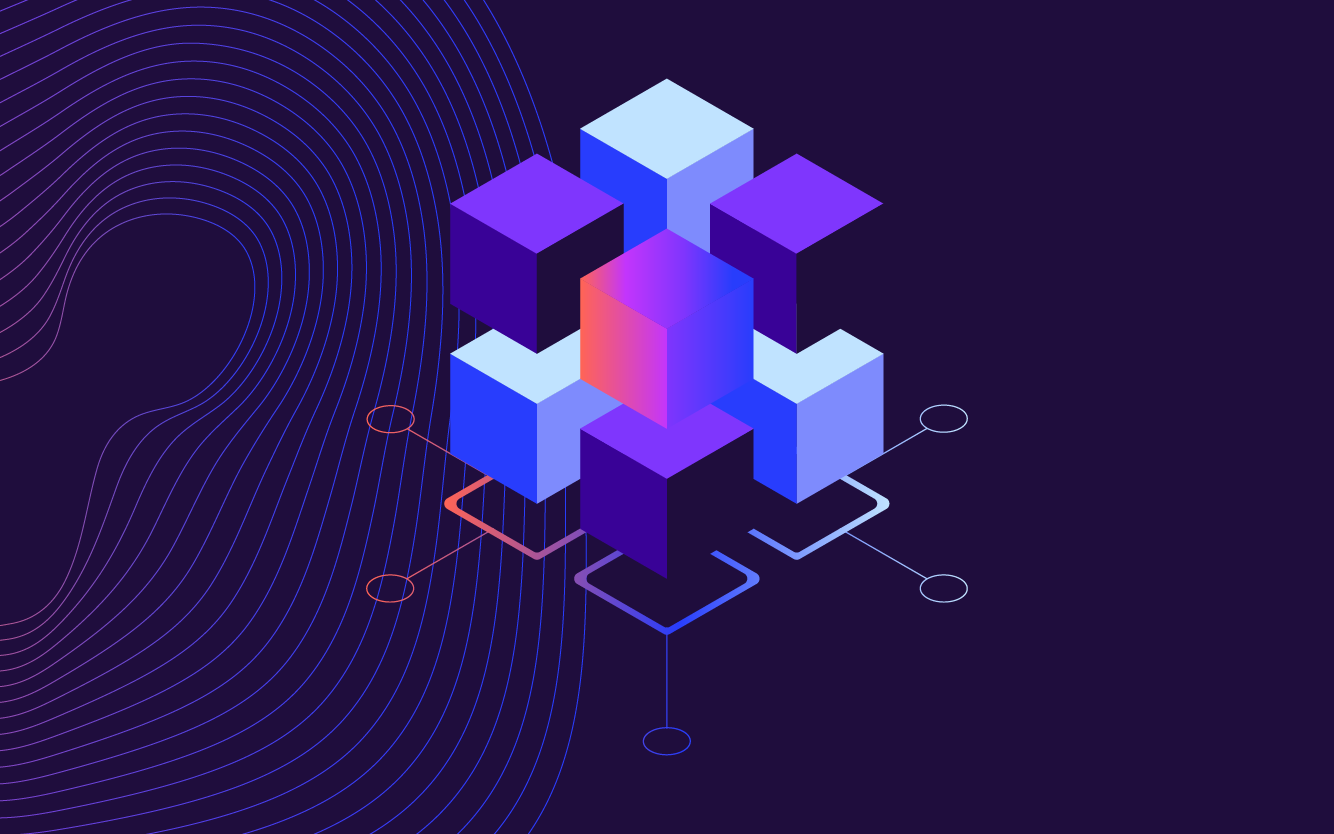
Using Audience Data to Drive Revenue
September 7, 2021
Table Of Contents
Audience data has become increasingly important for organizations of all sizes as it helps them learn more about their potential and existing customer base.
With the help of analytics tools, you can examine your target audience with a level of granularity that was impossible to imagine just a few decades ago. But, it all starts with the essentials.
In this article, you will learn what audience data is, how companies use it to improve the results they get from their marketing efforts, and how you can get the most of it.
What is Audience Data?
Audience data is information that helps companies better understand the people who engage with the brand, from clicking on ads to visiting the company’s website, and how exactly they interact with it.
There are different types of audience data used by businesses across all industries to better understand their customers:
Demographic data (age, gender, income)
Geographic data (region, country, city)
Psychographic data (interests, values, goals)
Behavioral data (web activity, purchase history, apps downloaded)
All of these audience data types are essential for powering growth. When combined together, you are able to visualize, engage, and develop insights about any audience you need to target.
Read More: 9 Effective Ways to Generate Demand
How Audience Data Is Used to Drive Increased Revenue

Companies can use audience data in a myriad of ways to push their company forward, but the four most common use cases are as follows:
Personalized marketing campaigns
Audience segmentation
Audience behavior analysis
Eliminating bots and ad fraud
Each of the use cases mentioned above deserves a separate article, so below, we will cover each of them briefly to help you understand the big picture.
Interested in how we generate audiences within PDL products? Learn More: B2B Audience Generation [In-Depth Tutorial]
Personalized Marketing Campaigns
Personalization is the new norm dictated by the market as 80 percent of customers expect personalized experiences from brands. Audience data helps companies better identify potential customers and market to them directly.
Using audience data to develop personalized marketing campaigns has a long list of benefits for both the customer base and the brands. With the help of data-driven personalization, potential customers can get relevant information tailored to their interests, wants, and needs, while brands can improve the effectiveness of their marketing efforts.
For example, audience data can be used to deliver content that specifically addresses the pain points of your customers, or create personalized deals, offers, and products to get more paying customers and retain existing ones.
Audience Segmentation
Audience data can be used to categorize prospects and leads into any number of tailored segments to run laser-focused campaigns. This method is much more efficient, and thus companies that implement accurate audience data perform much better than those that still practice broad spray-and-pray marketing.
To put audience segmentation into practice, businesses can divide the audience based on age, gender, location, and behavior to target diverse groups of people with different interests.This targeted approach helps reach your audience in a more relatable way, boosts your conversion rates, and increases customer satisfaction.
Audience Behavior Analysis
In a study published by Marketo, 61 percent of businesses believed that their efforts were effective. At the same time, 56 percent of consumers think that companies should do a better job at understanding their needs..
To get the most out of audience data, businesses can use audience behavior analysis to track activity and even predict behavior.
By dissecting audience behavior, companies can see which segments engage more with the brand, and focus on those segments to build loyal customers who buy more, leave positive reviews, and spread word of mouth with passion.
In order to understand audience behavior, businesses can track any digital interaction with the brand - from reading an article on the company’s blog to scheduling a call.
However, it's important to note that audience data is not limited to just online interactions. Audience behavior analysis can also be applied to various offline marketing channels such as TV and radio advertising.
Eliminating Bots and Ad Fraud
Another way audience data can be used is by eliminating bots and ad fraud.
Fake audience members, also known as bots or non-human traffic, are computer programs that pretend to be real customers.Bots do not buy anything, but still see and click on ads during online browsing sessions, which in turn misleads advertisers and audience managers.
Ad fraud eats away $1 for every $3 companies spend on digital ads, according to a Distil Networks study. To combat that, companies can use different types of audience data to verify customer identity and identify and exclude bot traffic much more accurately.
Read More: How Data Can Improve Your ABM Campaigns
What Is Audience Enrichment?
The average amount of audience data an average company can collect internally is often not enough to make a difference. For that reason, organizations leverage third-party data providers to gain deeper insights into their target audience.This is where audience enrichment comes into play.
Audience enrichment is a method to enhance audience data with other data sources to make audience datasets larger, more detailed, and accurate.
Data vendors may supply companies with social media profiles, email addresses, search history, or even credit ratings related to their target audience, which can then be supplemented by the company's own dataset.
What Are the Benefits of Audience Enrichment?
Audience enrichment makes it possible to target the right people with unrivaled accuracy. But, there's so much more to it than that.
Here are some added benefits of audience enrichment that you should know about:
Shorter lead capture cycle
When audience data is enriched, businesses can shorten lead capture cycles since they have more data to work with to create more targeted campaigns.
Automated lead scoring
Audience data can be used to automatically score leads based on certain criteria, meaning less grunt work for sales teams and less time spent on chasing low-quality leads.
Better segmentation
By adding more audience data to the mix, businesses can create segments that are more accurate and valuable than those based solely on the data collected internally.
Improved customer experience
By having more audience data at their disposal, businesses can better understand the preferences of some segments and use this information to create a more seamless customer experience.
Identifying untapped opportunities with existing customers
Audience enrichment helps audience providers better understand the interests, pain points, and needs of the existing customer base. This allows businesses to adapt their products and services to deliver more value.
With so many benefits of audience enrichment, its effectiveness depends entirely on the data vendor you decide to partner with.
For that reason, it’s extremely important to carefully vet data enrichment solutions so that you can make decisions based on fresh and accurate data.
Read More: The Complete Guide to B2B Lead Scoring
Enrich Your Audience Data with People Data Labs
Audience data helps companies gain deeper audience insights that help them attract, engage, and retain more customers.
If you are looking for a single source of truth to inform your next steps, People Data Labs leverages billions of records to help companies understand their audience better than ever before.
Reach out to our team today and schedule a free consultation to learn how you can use our data to reach your business goals.
Like what you read? Scroll down and subscribe to our newsletter to receive monthly updates with our latest content.



